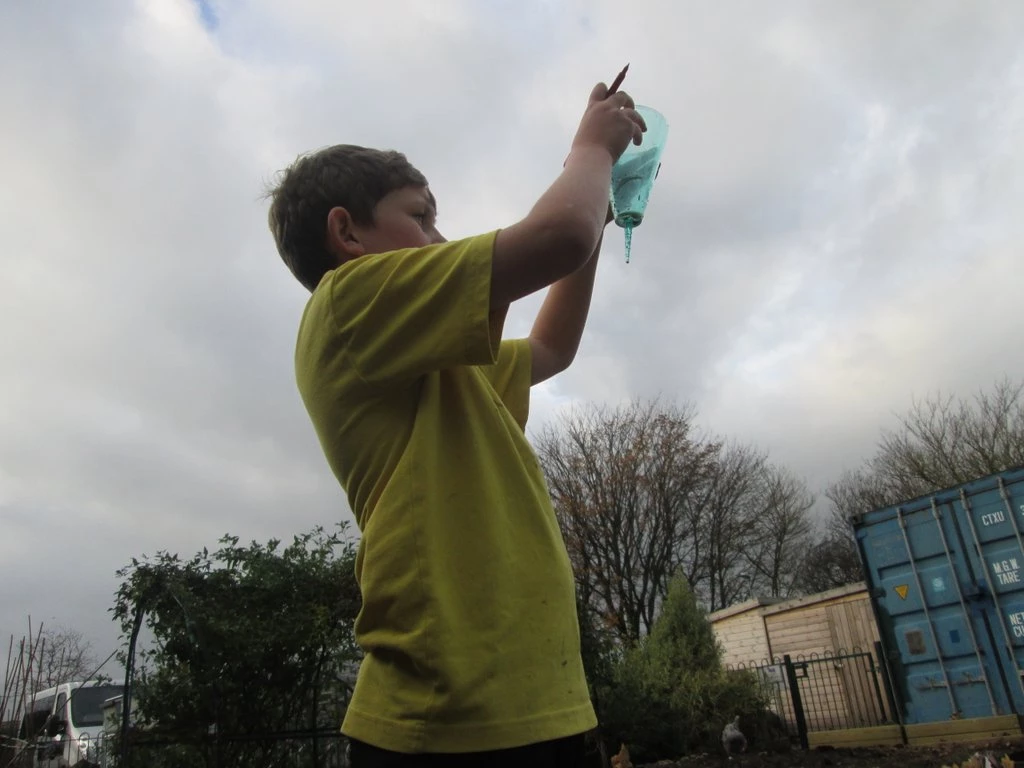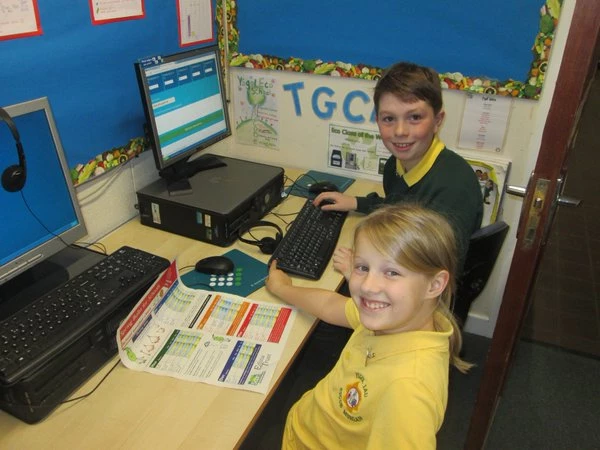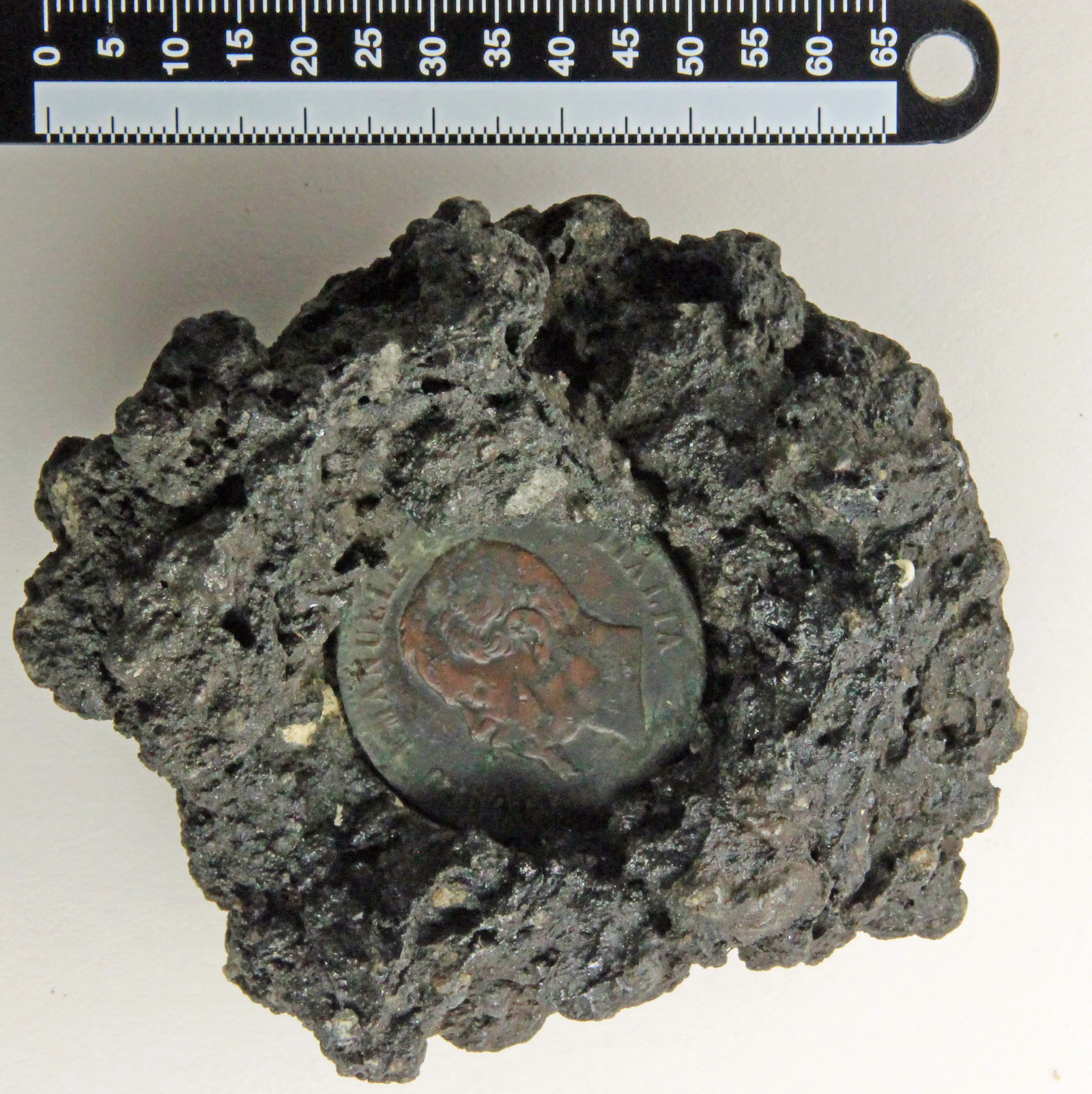Rhyfeddodau ein harchif sain
, 20 Tachwedd 2018
Dechreuodd staff Sain Ffagan Amgueddfa Werin Cymru recordio hanesion pobl ym 1958, gan deithio Cymru gyda Land Rover a charafán. Ers hynny, mae haneswyr, cerddorion, ieithyddion ac ymchwilwyr wedi bod yn darganfod trysorau ymhlith y 13,000 o recordiadau sain sydd yn y casgliadau heddiw. Yma clywir lleisiau o bob math; o ffermwyr, glowyr a chwarelwyr i botswyr, meddygon esgyrn, carcharorion rhyfel o’r Eidal ac Iddewon Cymreig, mae rhywbeth yma i ddiddori pawb.
Wrth darllen manylion y siaradwyr cyntaf yng nghronfa ddata’r casgliad sain, sylweddolais bod nifer wedi eu geni yn y 19eg ganrif, ac un ddynes oedd wedi’i geni ym 1865! Oherwydd hyn, gallwn ni ddarganfod byd gwahanol yn y recordiau, lle oedd bywyd yn anodd iawn ond hefyd yn llawn brawdoliaeth. Byd llawn ofergoelion, ysbrydion a chreaduriaid o bob math...
Felly pan ddechreuais i ddigideiddio ein casgliad, roeddwn i’n gwrando gyda chyfaredd ar yr hyn oedd y tapiau yn eu dadorchuddio, roedd yn fêl i’r glust. Roedd y tapiau cyntaf yn hynod ddiddorol gan fod nifer yn fy atgoffa i o acen ein ffermwyr ni yn Llydaw – roedd hynna’n deimlad rhyfedd a rhyfeddol.
Ond rhaid cyfaddef, ar ôl digideiddio miloedd ar filoedd o recordiadau stopiodd fy meddwl dalu sylw bob yn dipyn. Fel rhyw mantra cyfrin Cymreig, roedd y lleisiau yn mynd i mewn drwy un glust ac allan drwy’r llall, a’r sain analog yn troi’n ddigidau a rhifau ym mhob ystyr y gair! Ond weithiau, fodd bynnag, roedd pytiau o sain fel larwm yn tynnu fy sylw. Perlau soniarus ar goll yn y mor o sŵn yn codi i’r wyneb...
Dyma isod tri enghraifft ohonynt fy mod yn cynnig i chi wrando ar:
YR HWYL
Fy nheimlad cyntaf wrth glywed y recordiad hwn oedd bod gan y dyn yma broblem go iawn. Roeddwn ni hefyd yn dechrau amau bod fy hen nain yn iawn pan fyddai hi’n dweud bod y Protestaniaid wedi damnio! Mae rhywbeth bygythiol a dychrynllyd yn y ffordd mae’n cyfathrebu, fel petai’r llais yn dod o fyd gwahanol.
Y GWAEDDWR
Dw i’n hoffi y ffordd y mae’r gwerthwr yma yn hanner canu, hanner gweiddi. O’i gymharu â’r enghraifft gyntaf, mae’n fodd tangnefeddus a difyr o gyfathrebu.
(I'w barhau yn y blog nesaf).












